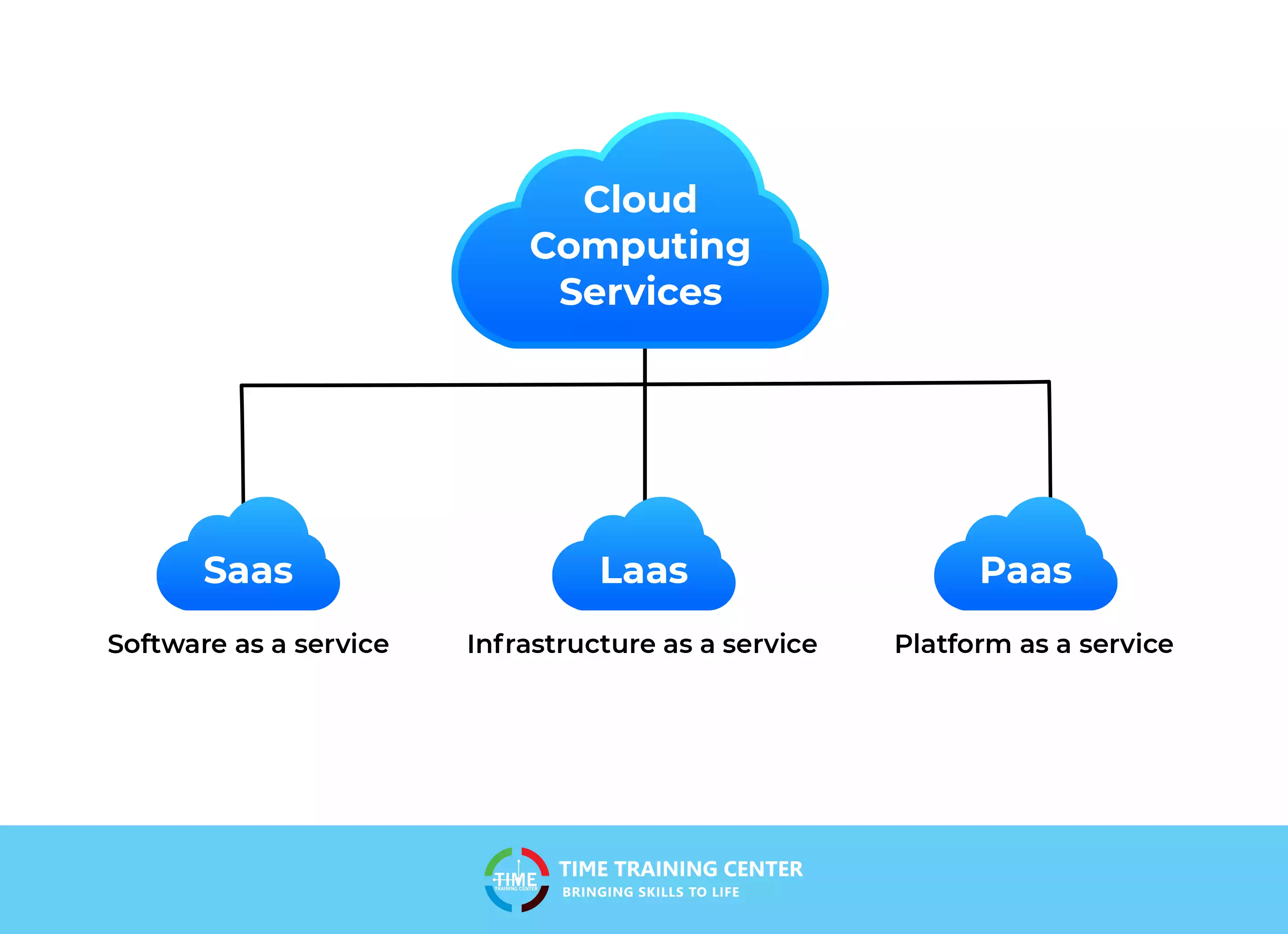Most Recent Cloud Services Press Release: Advancements and Market Updates
Most Recent Cloud Services Press Release: Advancements and Market Updates
Blog Article
Achieve Seamless Scalability With Cloud Services
In the ever-evolving landscape of cloud solutions, achieving smooth scalability stands as a cornerstone for contemporary companies seeking to stay affordable and adaptable. The capability to effortlessly increase or contract sources in reaction to transforming needs is an essential advantage in today's fast-paced electronic environment. By understanding the art of scalable cloud services, organizations can not only optimize efficiency and streamline operations but likewise lead the method for future growth and advancement. The pursuit for seamless scalability with cloud services reveals a world of opportunities for those ready to welcome the transformative power of vibrant source management.
Benefits of Cloud Scalability
Cloud scalability supplies organizations the flexibility to dynamically readjust resources based on need, guaranteeing optimum performance and price performance. One crucial benefit is the capacity to scale resources up or down rapidly in reaction to varying workloads. This agility makes it possible for services to satisfy transforming client needs without over-provisioning sources, eventually leading to set you back savings. Scalability also improves efficiency by ensuring that systems can handle raised traffic or work without experiencing downtime or stagnations. By effectively allocating resources, companies can preserve high degrees of efficiency throughout peak times without unneeded expenses during quieter periods. Additionally, cloud scalability advertises development and testing by permitting businesses to quickly evaluate originalities and scale them as needed. This versatility motivates a culture of continual renovation and adaptation, enabling organizations to stay competitive in a quickly evolving market landscape. Inevitably, the benefits of cloud scalability extend past expense savings to include enhanced efficiency, dexterity, and advancement.
Key Functions for Scaling
Efficient scaling in cloud services relies upon vital features that allow companies to readjust resources dynamically based upon need. One essential feature for scaling is elasticity, allowing sources to scale up or down in reaction to fluctuating work. This guarantees that organizations can satisfy efficiency requirements without over-provisioning sources. Another vital function is scalability, enabling systems to take care of enhanced work by including resources flawlessly. This function is vital for accommodating growth without compromising efficiency. Furthermore, automation plays a vital role in scaling by automating the provisioning and de-provisioning of sources based on predefined plans. Automation lowers human treatment, improves performance, and ensures fast reaction to transforming needs. Tracking and analytics tools are also essential for scaling, giving understandings into source application, performance metrics, and prospective bottlenecks. These tools enable organizations to optimize and make enlightened choices resource allowance for efficient scaling. On the whole, these essential functions collectively equip organizations to attain seamless scalability in cloud solutions.
Applying Auto-Scaling Techniques
To efficiently enhance source appropriation and adjust to differing workloads, organizations must strategically apply auto-scaling strategies in their cloud solutions framework. Auto-scaling allows systems to immediately change the number of compute try here resources based upon real-time demand. There are various auto-scaling techniques that organizations can utilize, such as predictive scaling, which uses historical data to anticipate future source needs, and responsive scaling, which reacts to current work modifications.

Finest Practices for Scalability
For organizations aiming to improve their scalability in cloud solutions, executing best methods is essential for ideal performance and resource administration. One key ideal practice is creating applications with a microservices architecture. This strategy breaks down applications into smaller, independent services that can be deployed, upgraded, and scaled independently, permitting better adaptability and scalability.
An additional essential technique is making use of containerization innovation, such as Docker or Kubernetes. Containers enable the product packaging of applications and their dependencies right into separated units, making it less complicated to scale parts individually and deploy them regularly throughout different environments.
Additionally, implementing automated deployment and framework as code (IaC) can enhance scalability initiatives (linkdaddy cloud services). Automation tools like Terraform or Ansible assistance in provisioning and handling sources efficiently, minimizing hand-operated errors and enabling fast scalability
Additionally, keeping an eye on efficiency metrics, setting up signals, and performing normal capability preparation go now are crucial methods to ensure proactive scalability management. By adhering to these ideal practices, organizations can achieve seamless scalability in their cloud services while enhancing efficiency and source usage.
Tracking Performance Metrics
When assessing the efficiency of cloud solutions scalability, carefully checking efficiency metrics is critical for ensuring optimal capability and source allocation. By continually tracking vital efficiency indications (KPIs) such as reaction times, throughput, latency, and source application, organizations can get beneficial insights right into the health and wellness and efficiency of their cloud infrastructure. Keeping track of efficiency metrics enables the early discovery of potential bottlenecks or problems that might affect scalability, making it possible for positive actions to be required to resolve them before they escalate.

Final Thought
Finally, attaining seamless scalability with cloud services is essential for companies to optimize efficiency, enhance technology, and maintain high find out here now efficiency degrees throughout peak times. By leveraging the benefits of cloud scalability, executing auto-scaling methods, making use of essential functions such as flexibility and automation, and complying with ideal practices like application layout and efficiency tracking, businesses can effectively scale their systems while optimizing source use and efficiency.
The pursuit for smooth scalability with cloud services reveals a globe of possibilities for those prepared to embrace the transformative power of vibrant source administration.
Cloud scalability supplies organizations the flexibility to dynamically adjust sources based on demand, guaranteeing ideal efficiency and expense efficiency. Another vital feature is scalability, enabling systems to manage boosted workload by adding sources effortlessly.For organizations intending to improve their scalability in cloud solutions, executing finest methods is critical for ideal performance and resource monitoring.When evaluating the effectiveness of cloud solutions scalability, very closely keeping an eye on efficiency metrics is imperative for making sure optimum functionality and resource appropriation.
Report this page